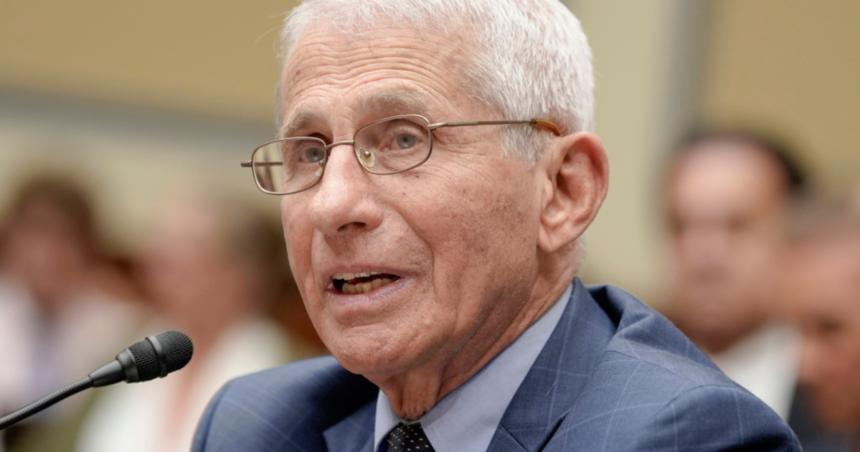The controversy surrounding the origins of the COVID-19 virus continues more than three years after its emergence in China. Two conflicting theories are at the center of this mystery: Did it come from wild animals and jump to humans, or was it created in a Chinese lab?
The first cases of COVID-19 appeared in Wuhan, China, where both the Wuhan Institute of Virology, a lab, and a “wet market” that sells wild animals like bats, known carriers of viruses like COVID, are located. Chinese authorities’ secrecy regarding international efforts to investigate the virus’s origins has added a political dimension to the issue.
The World Health Organization believes the virus likely spread from bats to humans, but Chinese restrictions hindered a thorough investigation. The FBI expressed “moderate confidence” in a Chinese lab leak as the source of COVID-19, while the U.S. Department of Energy believes with “low confidence” that the virus escaped from a lab.
In his testimony before the House Oversight Committee, former National Institute of Allergy and Infectious Diseases director Dr. Anthony Fauci addressed the lab leak theory. Dr. Fauci stated, “I keep an open mind as to what the origin is.”
The conflicting COVID-19 origin theories raise concerns among experts, as not knowing the source could hinder preparedness for future pandemics.
Congress
Dr. Fauci testifies before House panel over COVID-19 origins, pandemic response
12:13 PM, Jun 03, 2024
“We’re stuck on this origins debate and have lost sight of why we want to know the answer,” said Thomas Bollyky with the Council on Foreign Relations. “What’s ultimately important is that nations find a way to start working together on these concerns and to make outbreaks less likely.”
In an op-ed for the New York Times, Dr. Alina Chan outlined five reasons why she believes COVID-19 likely originated in a lab. However, concrete evidence of the virus’s origin is still lacking.
The absence of a definitive origin for COVID-19 leaves nations vulnerable, emphasizing the need for global collaboration to prevent future pandemics like COVID-19.





